“The people of Africa have to suffer under the ever prevailing dogma that proclaims the superiority of one race over another and allows a man to be assassinated with impunity in the name of that superiority.” With these words Che Guevara launched a passionate verbal assault on the “imperialists” who had plotted the murder of Patrice Lumumba, the founding father of independent Congo, and on the complicity of the United Nations in this crime. The date was December 11th 1964. The place was the General Assembly of the UN in New York.
There can little doubt that Lumumba’s death churned Che Guevara to the depths of his being. It provoked a complete change in his political and revolutionary career, one that lead, pretty much directly, to his death in the jungles of Bolivia less than three years later. The assassination spurred Che to leave Cuba and devote his considerable energy and charisma to the revolutionary struggle of the peoples of Africa and Latin America, but especially Africa. He even wrote a letter to his friend and fellow rebel Fidel Castro explaining himself: “I leave a nation which has adopted me like a son. I am taking the revolutionary spirit to new battlefields, along with the conviction that I continue to fulfill the most sacred of duties.”
Che was as good as his word. In the few months after his speech at the UN, he toured Africa, meeting and talking with the young and optimistic leaders of many a new African nation: Ahmed Ben Bella of Algeria, Ahmed Sekou Touré of Guinea, Kwame Nkrumah of Ghana, Julius Nyerere of Tanzania and Gamal Abdel Nasser of Egypt. He also met other men like Samora Machel from Mozambique and Agostinho Neto from Angola whose struggle for independence was far from over. Everywhere Che was welcomed as a hero, a mentor, a fellow freedom fighter, whose role in Cuba’s revolution was admired beyond words.
During the 1940s and 1950s, Africa had fallen head over heels for Cuban music. African independence was celebrated in a Cuban rhythm thanks the Congolese superstar Le Grand Kalle’s trans-continental hit ‘Independence Cha Cha’. In the 1960s the admiration deepened as Cuba’s new socialist regime began to send brigades of doctors, nurses, engineers, teachers to the new continent and invite young Africans who were hungry to learn and build their new nations, back to La Havana. The admiration for Cuba and its revolutionary leadership was intense.
Before disguising himself beyond recognition, adopting the Swahili nickname of ‘Tatu’, and disappearing into the jungle of eastern Congo to fight the Congolese army and its phalanxes of white European mercenaries, Che also met the young President Modibo Keita of Mali. The Cuban adventure in the eastern Congo was a demoralizing failure, but Che’s meeting with Keita was the reaffirmation of an alliance, a friendship and a sort of intercontinental love affair between the two nations.
Djelimady Tounkara, one of the greatest guitarists that West Africa has ever produced and a veteran of the Malian music scene, remembers those heady days of green nationhood back in the 1960s. “Our first President Modibo Keita was a communist and a socialist. He was a big friend of Fidel Castro. Their friendship resulted from their shared values. It’s thanks to that friendship that we learned about Cuban music.”
1965, the year of Che’s disastrous Congolese adventure, was a fateful one for third world politics in general. The colonial backlash was beginning to bite. But it was also fateful for more positive musical reasons. In the autumn of that year ten music students from Mali who were studying at the Alejandro Garcia Caturla Conservatory in La Havana de Cuba decided to form a band. They had already been in Cuba for almost two years, living in a svelte post-Bauhaus villa in the chic suburb of Siboney, learning the fundamentals of music theory, composition and arrangement whilst devoting their plentiful spare energy to some of Cuba’s other homegrown attractions, including women and rum.
It had been President Modibo Keita’s idea to send them to Cuba. As Bassekou Kouyate, maestro of the traditional Malian lute or ngoni, explains: “Our first President did everything he could to recruit these musicians and send them to Cuba to study music. Because, at that time, Malians were already great musicians, but they didn’t know how to compose and write down music. So the President organised this scholarship so that people could learn how to write music down.”
As in so many other fields such as agriculture, industry, health and education, so it was in music. Africa had the raw material, the talent, the desire, the will to learn and build their fledgling nations. Cuba had the expertise. It was a perfect marriage. By the end of 1965, Boncana Maiga, a native of Gao in the far east of Mali and one of the most ambitious and talented of the ten Malians in La Havana, suggested to his friends that they had learned enough. Las Maravillas de Mali, “The Marvels of Mali”, was born.
The group had no intention of just aping the superior skills of the Cuban musicians around them. Their aim was to fuse the Manding, Songhai and other musical cultures of their native land with the rhythms, instruments and arrangements of their adoptive country. The band performed their first gig on September 22nd at the Guinean Embassy at La Havana. It was a huge success. A much fêted tour of the whole island, with performances in universities and sugar plantations, followed. When they returned to Mali for a holiday in 1967, Las Maravillas de Mali played in front of chanting crowds on the Anniversary of Independence and then in front of President Keita at the Koulouba Palace. “The President was proud of us,” violinist Dramane Coulibaly told the French documentary maker Richard Minier. “We were proof of the country’s development potential.”
The young Djelimady Tounkara was in Bamako to welcome the Maravillas de Mali home. He had been a fan of Cuban music since the late 1950s, thanks to the GV series of 78rpm records. Back in the 1930s, the great depression in Europe and America spurred the executives at EMI’s His Master’s Voice label to seek out new markets. They began to repackage American Jazz and Cuban Son for West Africa. The first GV release, catalogue number G.V.1, was ‘El Manicero’ (‘The Peanut Vendor’) by Don Azpiazu and his Havana Casino Orchestra, recorded in New York City in 1930. The 250 or so G.V records that followed were distributed all over West Africa and became responsible for the birth of modern west African pop music in general, as well as pan-African styles such as Congolese rhumba, Soukous and Highlife in particular. Thus misery and unemployment in the first world provoked a musical revolution in the third.
But the roots of the story go deeper…much much deeper. After all, the first African slaves arrived in Cuba in 1512. They were the cream of many different peoples: Yoruba, Manding, Kikongo, Carabali and Wolof and their sweat and tears created the wealth that made Cuba the richest place in the Americas by the mid 1800s. The sugar nobility treated their slave class with hatred and contempt, feelings which survived the revolution of 1959 and persist in the racism that still blights the Island today. And yet, to quote the father of Afro-Cuban ethnology, Fernando Ortiz; “Without the black, Cuba would not be Cuba.”
“African blood is very close to all of us,” says Eliades Ochoa, leader of Grupo Patria. “Very close. We’re a mix of African and Spanish. I’ve always loved African music. More than Mali I would listen to the music of Senegal, the music of Congo, the rhythm of the tumbao drums and the music of Haiti. All our rhythms are close to Africa.”
So by the time Boncana Maiga and his nine fellow musical ambassadors left Bamako in 1963, Mali had already been well and truly infected with Cuban rhythms. But it wasn’t a distant relationship. Cuban musicians started to visit West Africa and Mali with great regularity, to the intense delight of young musicians like Djelimady Tounkara.
“I remember when Guillermo Portabales came,” he says. “It was in July 1961. I was 16 years old and already performing with the National Orchestra – A Team. I had my picture taken with Portables but then I lost the photo. That’s what really hurts…ha ha ha. After Portabales, Cachaito Lopez, the elder, came. I was jamming one day down at the Palais des Beaux Arts in Bamako, myself and the drummer Zani Diabate, and Cachaito stopped by to play with us. He hired us on the spot! And that same evening we played with him in front of the President.”
They kept coming; Johnny Pacheco, Ray Barretto, Ricardo Rey. The world famous Orquesta Aragon came and stayed in Mali for two months, playing not only in the capital but also in regional cities like Mopti and Gao. The Orchestra’s leader Rafael Lay took a shine to Djelimady Tounkara and to the kora player Sidiki Diabate, the father of kora maestro Toumani Diabate. “He wanted to take us back to Cuba,” Djelimady remembers. “But President Keita was against it!””
Like most of his contemporaries, Djelimady Tounkara didn’t just revere Cuba for its music. “Fidel Castro was very popular at the time, because he exhorted us to work! Castro and Zhou En Lai of China. Castro came to Bamako and he used to walk all over town, in every neighbourhood, meeting people. I remember I was a member of the Popular Militia and once we were ordered to go to the Presidential Palace, very early one Sunday morning. Fidel Castro was there. We then walked 15 kilometres together to an agricultural centre run by the President, and Fidel Castro dug the fields with us, from the morning to the evening. He dug with us, himself! Because, as he used to say time and again, “Nobody will build your country for you. You mustn’t look towards the French or the British. Only you can build your own country.” “Patriotismo!” that was his slogan. Patriotismo! Our rulers now, like our current president Amadou Toumani Touré, they were shaped by that time, by Modibo Keita. And that’s how we were trained too. When there’s work to be done, you must work. If you don’t know something, ask someone who knows. That’s what we learned.”
In some countries, like the Congo, the colonial backlash against the fiercely independent and unswervingly socialist governments of independent Africa began as soon as the ink was dry on the documents that brought colonial rule to an end. In Mali, the inevitable moment came at the end of 1968 when a young army lieutenant by the name of Moussa Traore, and a cabal of military plotters, many of whom had been trained at military academies in France, overthrew Modibo Keita in a coup. Behind a smokescreen of fine words about honour and economic reform, Traore installed a dictatorship that was to rule with varying degrees of brutality for 23 years.
Las Maravillas de Mali were called back home in 1971 and, despite the immense fame they enjoyed throughout Mali and West Africa, were accused of communist sympathies and relegated to the lower rungs of Mali’s cultural bureaucracy. After several years, thanks to the support of the Minister of Culture and the Arts, Alpha Oumar Konaré, who was to take over from the hated Moussa Traore as President in 1991, Las Maravillas de Mali mutated into National Badema band with the incomparable singer Kasse Mady Diabate at the forefront of their new line-up.
Moussa Traoré’s government also accelerated a trend that had kicked off at independence. Despite the popularity of foreign music, not only Cuban son, but American jazz, French musette and Spanish Flamenco, the new leaders of west Africa urged, even ordered their artists and musicians to embrace their own traditions. It was the era of africanité or afro-centricity. Sekou Touré of Guinea was a pioneering force in this trend.
“I remember when our National Orchestra played with an orchestra from Guinea,” Djelimady Tounkara mused with a smile. “They all arrived in military uniforms and sang this very African song for us. There we were still playing French musette ha ha ha.” It had to change and we can thank the unique richness of modern Malian pop for this characteristically political intervention in the artistic process. But it meant that Cuban influences were gradually ousted from centre stage.
The political backlash was replicated throughout Africa, and Cuba’s involvement in the continent became more overtly warlike as a result. The idealistic small-scale guerrilla activities of Che Guevara in the Congo mutated into wholesale military support for the MPLA in Angola, FRELIMO in Mozambique, SWAPO in Namibia and the Mengistu regime in Ethiopia, as well as more covert logistical and advisory roles in many other countries. The CIA, the cynics, the supporters of US and South African policy, the Cuba haters, the believers in realpolitik put Cuba’s African policy firmly down to a desire to grab natural resources and drive strategic stakes into African soil, rather than any airy fairy notions of spreading international socialism and brotherhood. Maybe there’s some truth that. Geo-politics is never pretty after all.
Nevertheless, despite some glaring mistakes, like giving support to grim dictatorial neuropaths like Mengistu, the Cuban contribution to Africa has been positive in many ways. Its involvement in Angola and Namibia was in large part responsible for the end of Apartheid in South Africa. Then there were all those doctors, those teachers, those nurses, those dentists, those agricultural specialists and those manufacturing advisors. Most Africans didn’t come face to face with Cuba on a battlefield but in a classroom, a surgery, on a farm, in a factory. And, inversely, countless African doctors, professors, administrators, project leaders, heads of industry, movers, shakers and musicians owe their training and their education to Cuba. That’s probably one of the reasons why Fidel Castro was the first head of state that Nelson Mandela invited to South Africa after the end of Apartheid. And that’s why so many Malian’s express nostalgia for their socialist past.
Toumani Diabate talks about this longing with a characteristic analytical incisiveness: “You know, Africa regrets the distancing of relations with Cuba. After the so-called ‘independence’ of Africa, the relationship between Africa and Cuba, China too, worked really well. It resulted in the building of many schools, farms and factories in Africa, but especially in Mali. We Africans realized then that we were very small and we saw what that relationship brought to Africa. It was a very open and honest relationship, based above all in graft and cultural exchange. The Cubans were never like the experts that the colonizers sent us, who earned big salaries and drove the latest cars. No, they lived like us, amongst us. The Cubans gave of themselves. But the colonizers didn’t like that co-operation between us so they stuck their oar in and ruined the relationship, with the connivance of our own Malian brothers. The truth must be told. Africa regrets all of that.”
So when the record producer Nick Gold traveled to Cuba in the early 1990s and fell in love with a cassette by the late great Ñico Saquito, the Afro Cuban story was already old, very old. Gold, who was already infatuated with Malian music, had the genius to perceive and appreciate the well-spring of love for Cuba music that still flowed through Mali and West Africa and the strength of their intertwining histories. So he proposed the idea to the Cuban musician and producer Juan de Marcos Gonzalez, and to the guitarist and singer Eliades Ochoa, to bring some great Malian musicians including Djelimady Tounkara, Kasse Mady Diabate and Bassekou Kouyate, over to La Havana to record with some Cuban legends, thereby rekindling a very old flame. The first song they were planning to record was the Ñico Saquito classic ‘Al Vaiven de mi Carreta’, all about the sweat and tears of a Cuban peasant pushing his cart.
The Malians never arrived in La Havana, thanks to the mislaying of their passports by the Cuban embassy in Burkina Faso, or by the postal service, or some other dreary bureaucratic reason. So Nick Gold, always ready to play tricks on adversity, called in Ry Cooder, Compay Segundo, Ruben Gonzalez, Ibrahim Ferrer, Cachaito Lopez junior and others, and used the already booked studio time to record the ‘Buena Vista Social Club’ album. It has sold eight million copies to date.
Eliades Ochoa, however, never gave up on the idea of recording with the Africans. He continued to pester Gold about it every time they met. “When are we going to record with the Africans?” Gold was always busy. The Africans musicians had turned into bandleaders or famous instrumentalists in their own right, so they were always busy. The Cubans were surfing the immense wave of Buena Vista Social Club’s success, so they were always busy. Twelve years went by.
Then in late 2008, this little window opened. It seemed that Eliades Ochoa was going to be in Madrid with his band Grupo Patria. And, incredibly, Toumani Diabate, Bassekou Kouyate, Djelimady Tounkara, Kasse Mady Diabate and the balaphon player Lassana Diabate were all going to be available at the same time.
So Madrid’s Sonoland studio was hired. The translator was booked. The Malians arrived in their bouboul robes. The Cubans were in their suits. Quick discussions took place. It was agreed that each musician was to be the ‘boss’ of the song they proposed, but that music would be the only overall boss. It was also agreed that the Malians would improvise a little less for the communal good, and the Cubans would improvise a little more. Then they started playing, and the music just flowed.
Nick Gold’s World Circuit label released the ‘Afrocubsim’ album earlier this year. “I think that the Mali-Cuban record came just at the right time,” says Toumani Diabate, “to reaffirm those old relationships, between Africa and Cuba, and China too, which are slowly coming back again. We’re proud of that. We’re happy with that.”

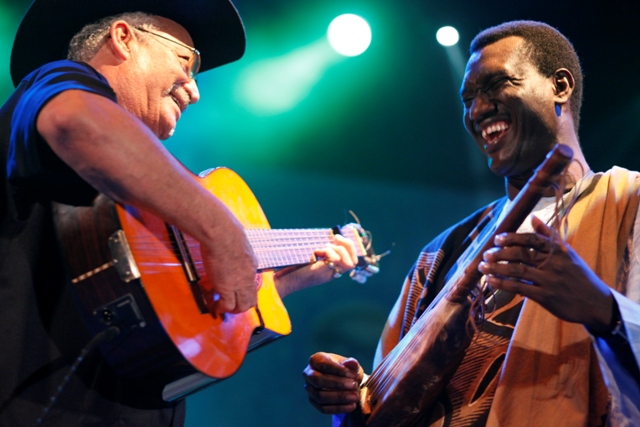
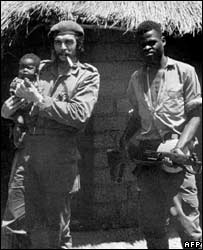
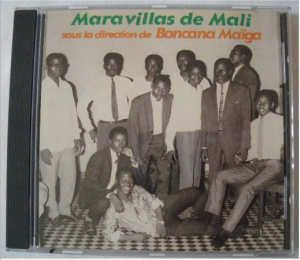
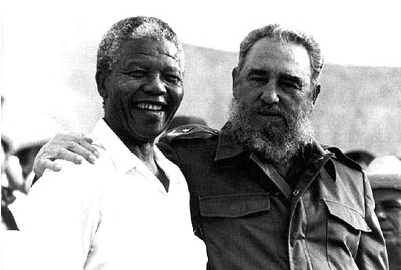
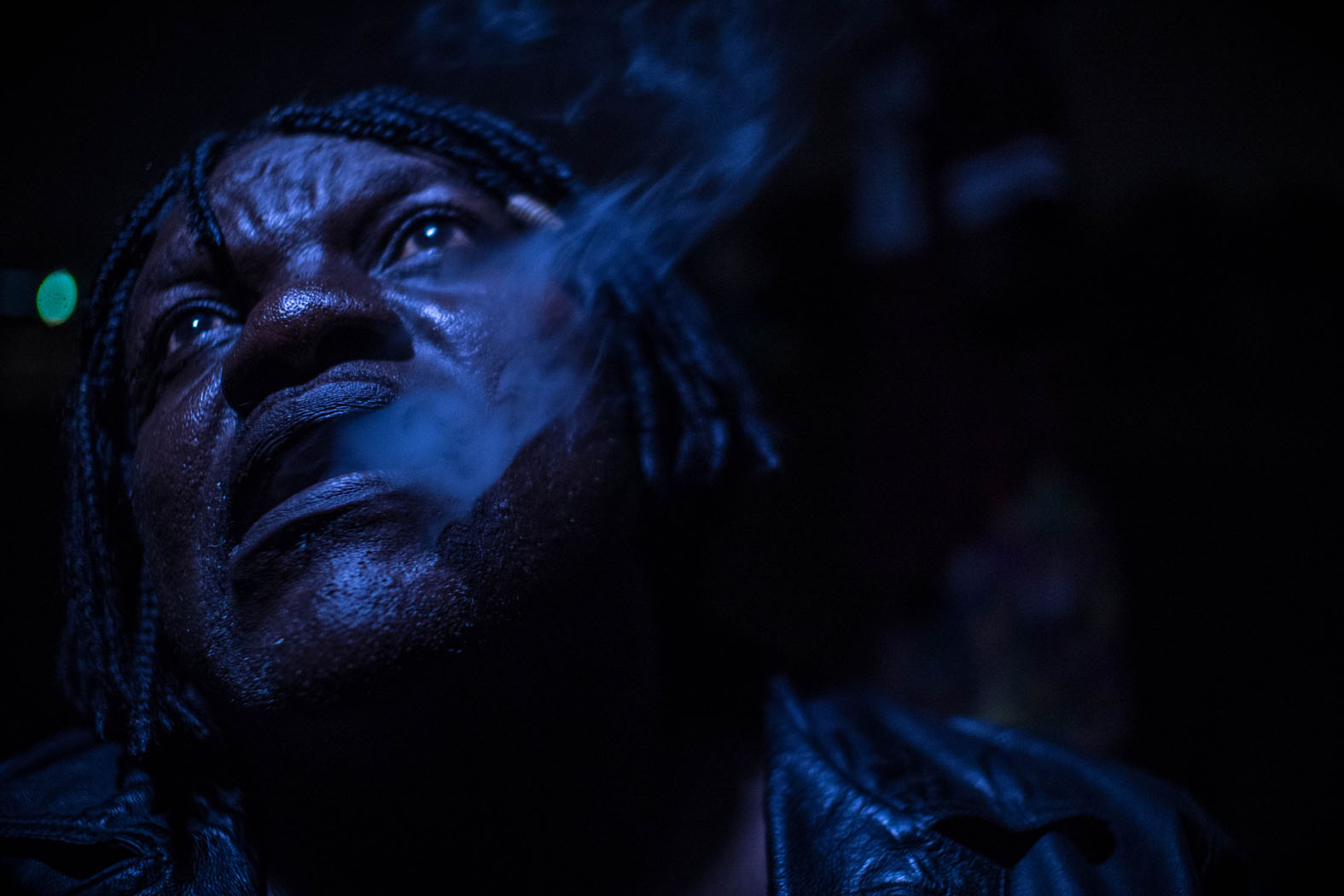
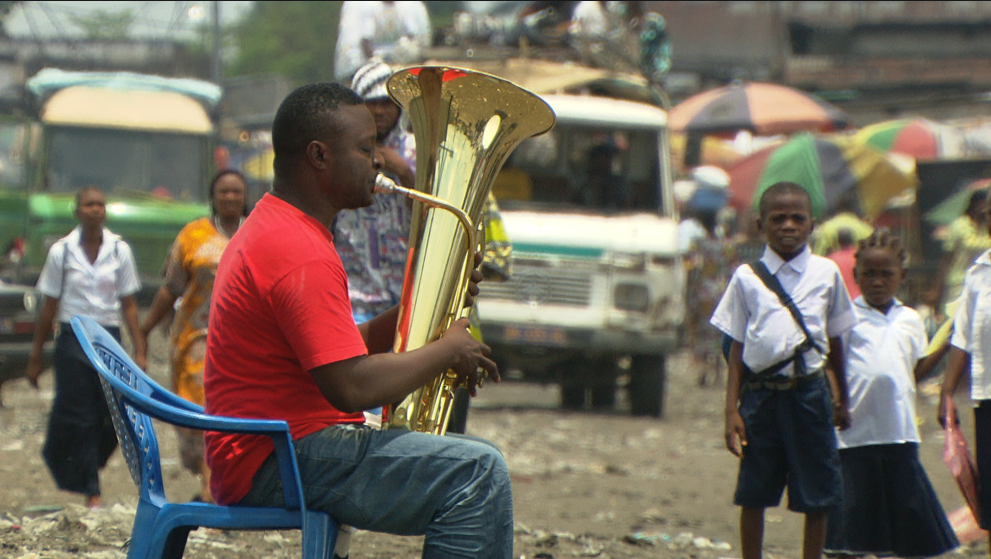

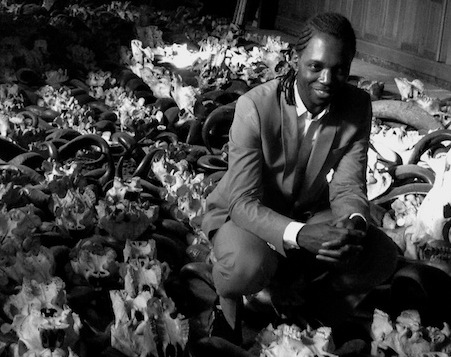
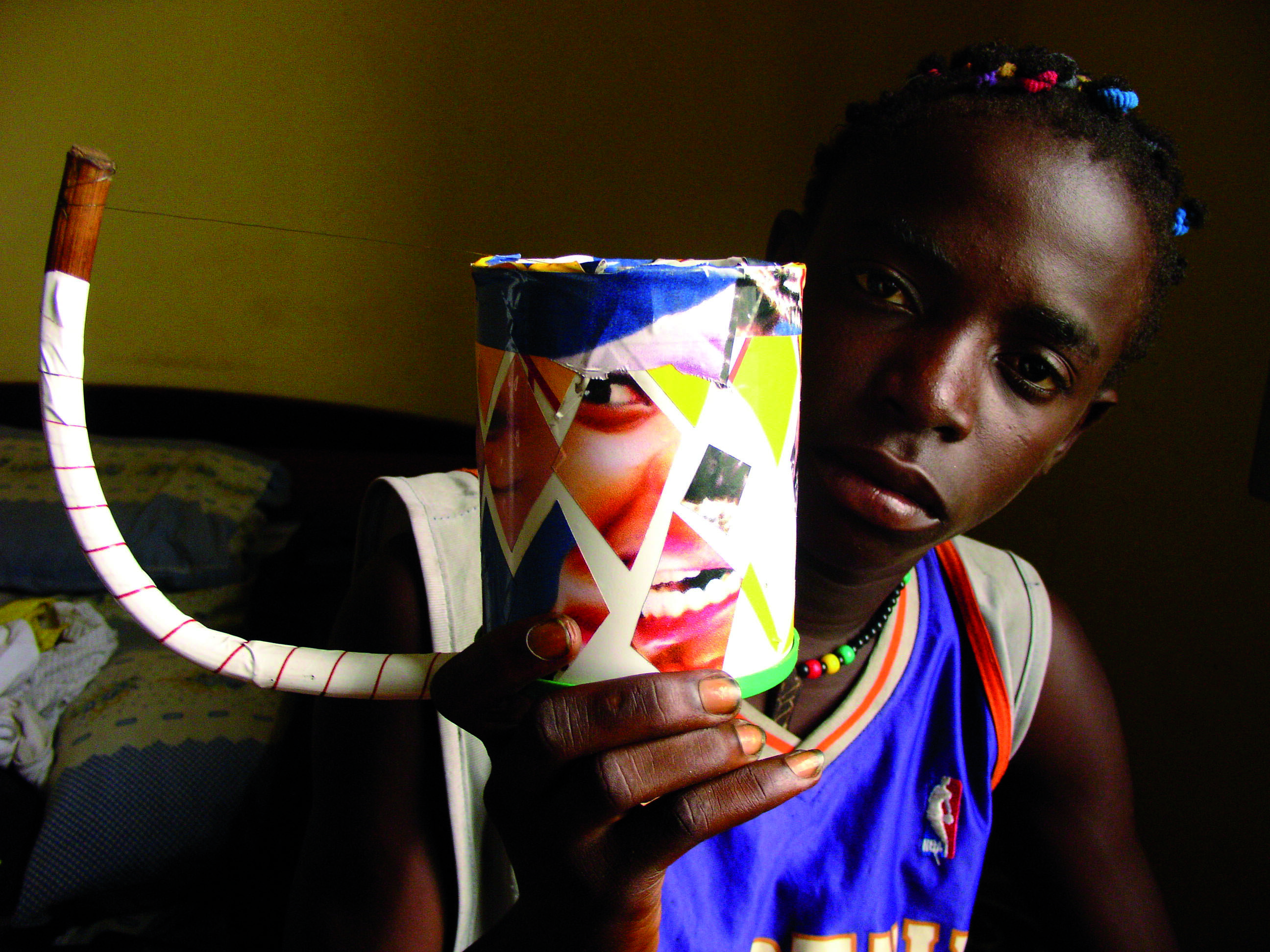
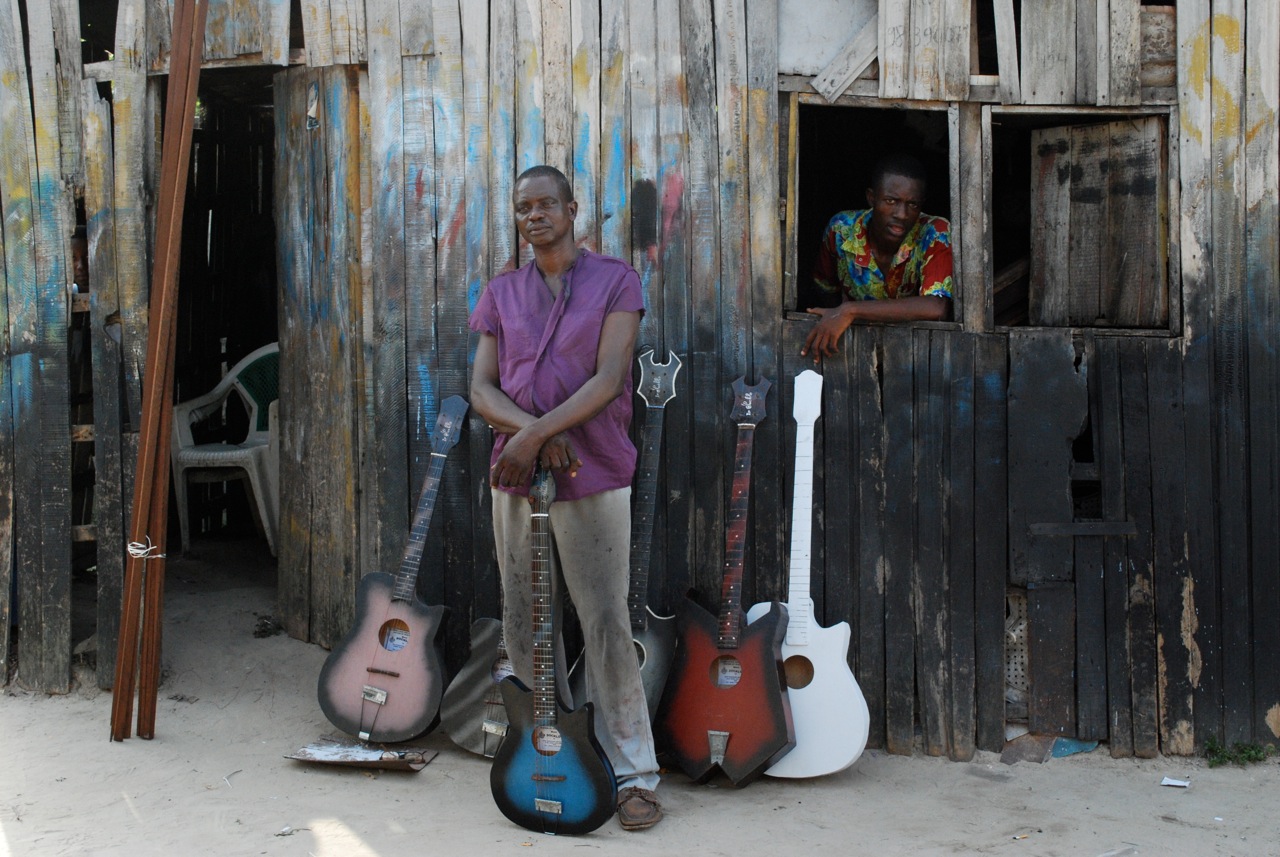
2 comments for “AFROCUBISM – An old transatlantic love story”